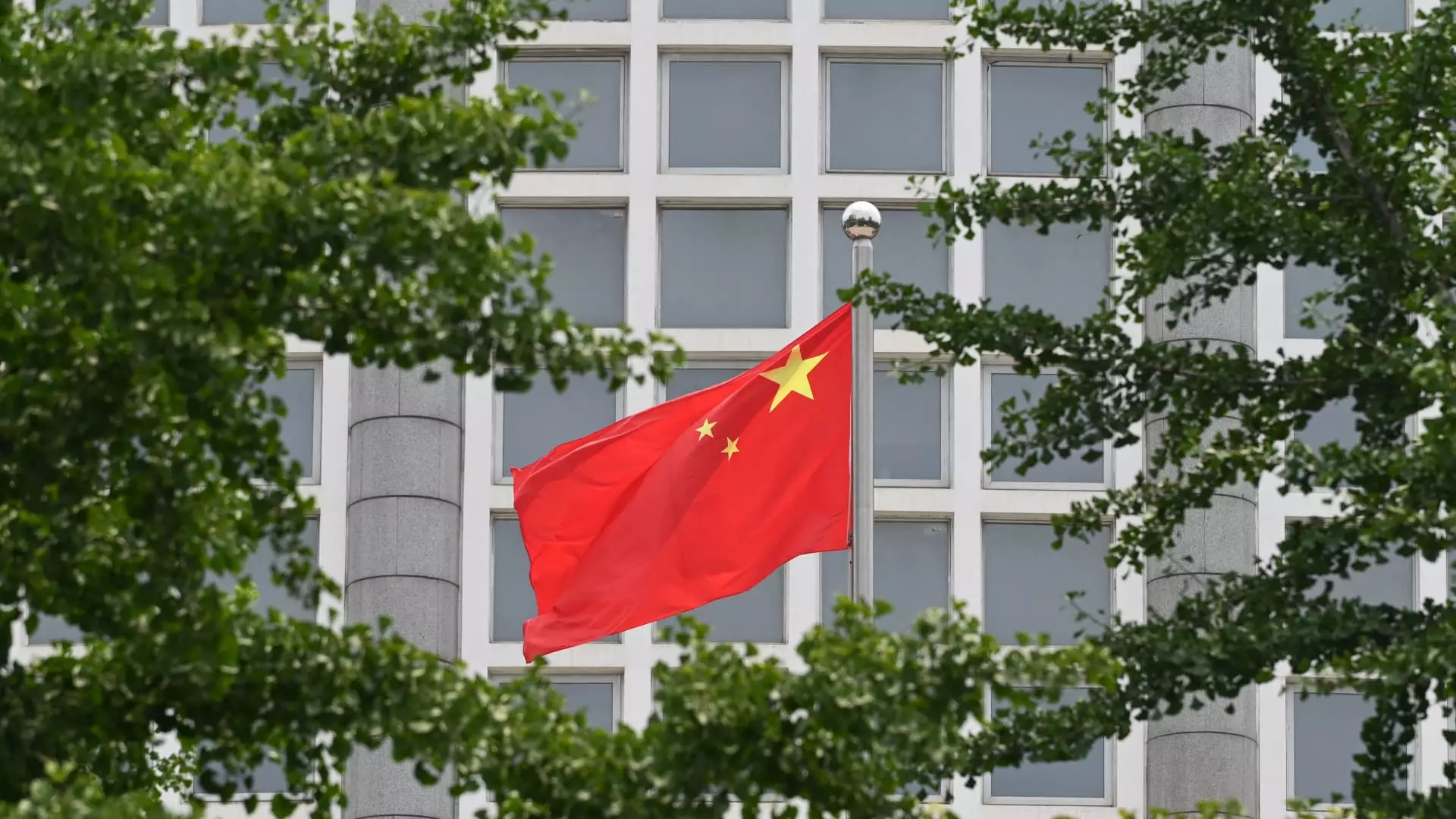China’s recent commitment to revitalizing its faltering economy has certainly stirred the curiosity of investors and analysts alike. Nevertheless, as we dissect the recent declarations by Zheng Shanjie, the chairman of China’s National Development and Reform Commission (NDRC), it becomes apparent that while the rhetoric may be confident, the substance of the promises could fall flat. This article aims to provide a thorough analysis of the statements made by Zheng and what they imply for the future of the Chinese economy.
China finds itself at a critical juncture as it grapples with a protracted economic downturn—a lingering aftermath of the COVID-19 pandemic that has exacerbated concerns over domestic demand and real estate market performance. As major indexes in mainland China exhibited an initial surge post the Golden Week holiday, investors anticipated a more substantial policy intervention. However, their expectations were met with a blend of caution and restraint, resulting in a tempered response to Zheng’s subsequent announcements.
Zheng Shanjie’s emphasis on issuing special purpose bonds aimed at local governments reflects an awareness of the pressing need to stimulate regional economic growth. He noted the allocation of ultra-long special sovereign bonds, amounting to 1 trillion yuan, to finance local projects. This approach signifies a strategic attempt to direct financial resources toward areas critical for maintaining growth. Moreover, reassurances of an additional 100 billion yuan investment plan on the horizon suggest that authorities are keen to inject liquidity into the system.
Yet, amidst these promises, one glaring omission was the lack of bold new stimulus measures. Investors had been hoping for significant monetary easing or innovative fiscal policies, but Zheng’s statements merely reiterated existing strategies without offering groundbreaking solutions. Such an underwhelming response risks diminishing confidence in the government’s ability to navigate the economic landscape effectively.
The initial rally of major indexes such as the Shanghai Composite Index, CSI 300, and SZSE Component Index, which surged more than 10%, was met with skepticism as investors digested Zheng’s cautious updates. By failing to unveil robust stimulus strategies, there remained a palpable disappointment among market players who had anticipated more vigorous support measures. The cautious tone struck by Zheng resonates with a broader sentiment that underscores the fragile nature of economic recovery in China.
Moreover, the recent economic data does little to assuage fears. The low consumer price index and the persistent contraction in factory activity, marked by a PMI reading below the critical threshold of 50, highlight the fundamental issues plaguing the economy. With core inflation rates hovering at 0.3% for two consecutive months, it becomes evident that inflationary pressures are moderate—a double-edged sword for an economy that now desperately needs to ignite consumer spending.
While Zheng acknowledged the difficulties facing the economy, including disappointing growth figures, it remains clear that China’s leaders must adopt a more aggressive and inventive approach. Policymakers need to reconcile the need for immediate action with long-term structural reforms that can fuel sustainable growth. In a rapidly changing global economic landscape, China cannot afford to linger in a state of cautious optimism while its domestic challenges mount.
The intentions outlined by Zheng reveal an understanding of the complexities involved in revitalizing the economy. Nevertheless, for these intentions to translate into tangible progress, the Chinese government must deliver policies that resonate positively with both consumers and investors. The upcoming months will be crucial as the government aims to satisfy ambitious growth targets, and as such, it will need to find the right equilibrium between fiscal prudence and the necessity of robust economic intervention.
Zheng Shanjie’s announcements pose several essential questions regarding China’s approach to economic recovery. The modest measures proposed may provide temporary relief, but they are not sufficient to ignite the long-sought economic resurgence. For China to regain its footing and mollify unrest among investors and citizens alike, it must embrace innovation and tackle structural challenges head-on. The path forward is fraught with difficulties, yet through decisive action, the aspirations for a stronger economic framework can be realized.

Leave a Reply